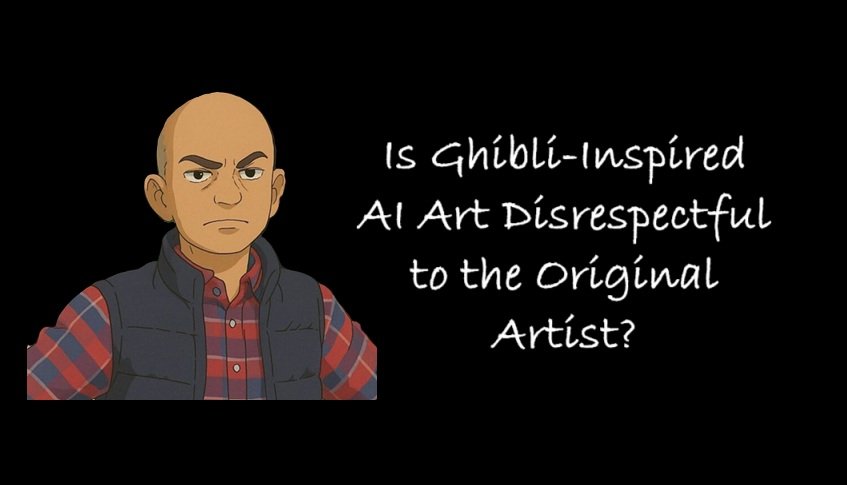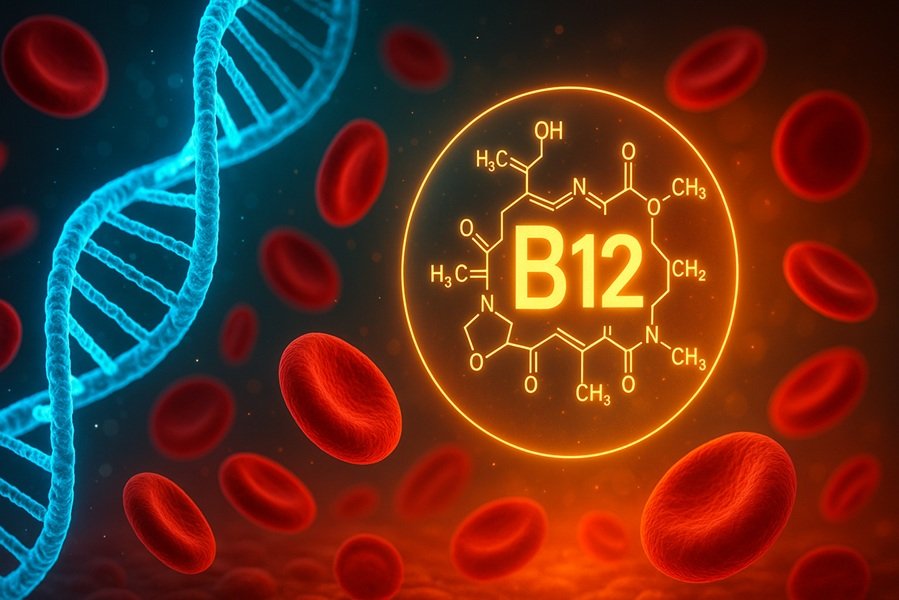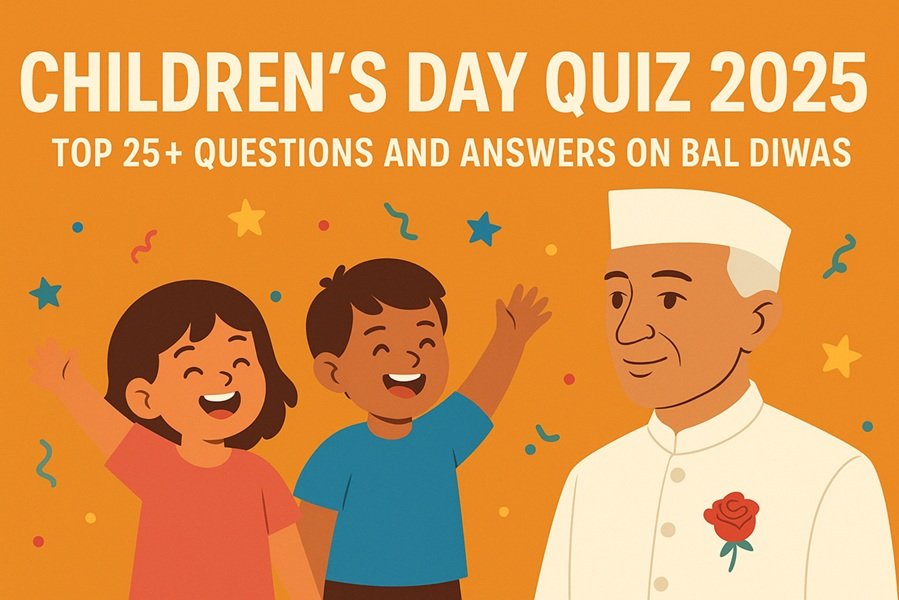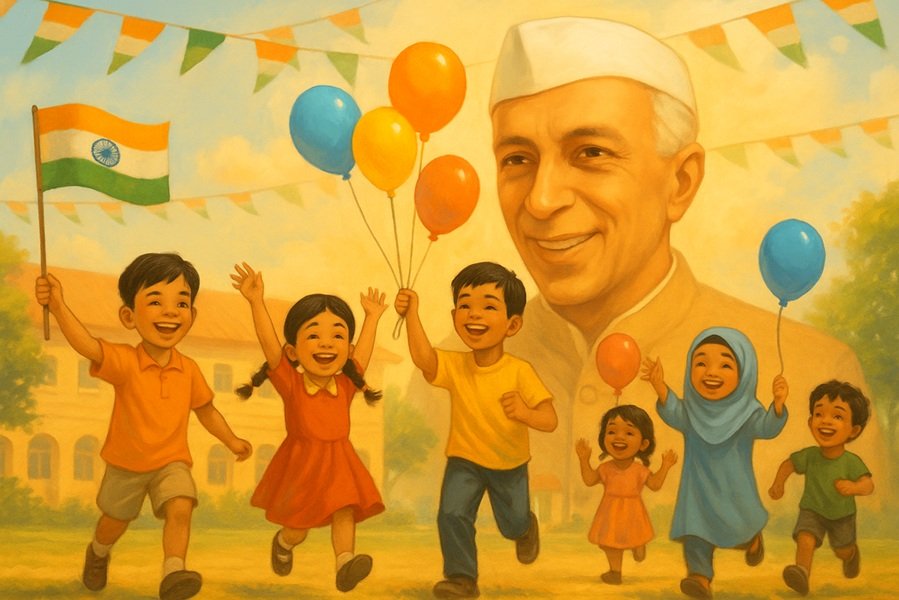
Introduction
Studio Ghibli, co-founded by Hayao Miyazaki, is more than just an animation powerhouse—it’s a cultural landmark. Known for films like Spirited Away, My Neighbor Totoro, and Princess Mononoke, Ghibli’s artistic style is unique, hand-drawn, and deeply philosophical.
But in an age where AI can instantly replicate artistic styles, a new debate is brewing:
Is creating AI-generated art in the style of Studio Ghibli a tribute—or is it a theft of artistic soul?
Let’s explore the arguments on both sides of this growing ethical dilemma.
1. What Is Ghibli-Inspired AI Art?
AI tools like Midjourney, DALL·E, and Stable Diffusion allow users to generate artworks in virtually any visual style, including Studio Ghibli’s distinct watercolor-and-ink look.
Common prompts include:
- “Ghibli-style forest with magical creatures”
- “Anime character in Ghibli aesthetic”
- “A Totoro-like spirit under moonlight”
The result? Highly stylized visuals that resemble Ghibli’s cinematic universe—but generated by machines trained on thousands of anime and animation images, often without consent from the original artists.
2. The Argument in Favor: It’s a Tribute, Not Theft
Supporters of AI art argue that:
A. Inspiration Has Always Been Part of Art
Artists throughout history have learned by mimicking masters—from Renaissance painters copying Michelangelo to modern animators studying Disney.
Why should using AI to study and emulate Ghibli be any different?
B. Democratising Art Creation
AI makes it easier for non-artists or indie creators to build dreamlike worlds inspired by their favorite studios, opening the door to more creative storytelling.
C. No Direct Copying of Specific Works
Most Ghibli-style AI art doesn’t reproduce existing frames or characters. It creates original scenes that are merely inspired by the style—a gray area, but not outright plagiarism.
3. The Criticism: AI Art Lacks Soul and Consent
Critics, especially artists, counter these arguments with passion:
A. AI Trains on Unconsented Datasets
Most AI models are trained on web-scraped images, which often include copyrighted Ghibli artwork.
- Neither Miyazaki nor Studio Ghibli consented to this training.
- This violates the moral and legal rights of the artist.
B. Miyazaki Himself Rejects AI-Generated Art
Hayao Miyazaki has publicly condemned AI-generated animation, once calling it:
“An insult to life itself.”
He values human emotion, imperfection, and intention, which AI-generated content inherently lacks.
C. It Undermines the Artist’s Philosophy
Ghibli films are built on hand-drawn, labor-intensive processes.
Using AI to emulate that style bypasses the very philosophy Ghibli stands for—patience, discipline, and authenticity.
4. The Legal Gray Area
Copyright Concerns
While Ghibli characters are protected by copyright, art styles generally are not. This means:
- You can’t legally sell an image of Totoro.
- But you can make a Ghibli-style tree spirit scene, and it’s harder to claim copyright infringement.
However, this legal loophole doesn’t mean it’s ethically right.
5. When Does AI-Inspired Art Become Disrespectful?
It depends on intent, transparency, and context.
✅ Respectful Use Cases:
- Fan tributes clearly labeled as “Ghibli-inspired AI art”
- Using AI to brainstorm ideas, then creating original works manually
- AI art as part of educational or personal projects with no commercial gain
❌ Disrespectful Use Cases:
- Selling AI-generated Ghibli-style art for profit
- Passing off AI work as original hand-drawn anime
- Using Ghibli character likenesses without attribution
6. The Larger Issue: What Is Originality in the AI Era?
The Ghibli-AI debate is a microcosm of a larger crisis in the digital age:
Can machines ever truly create, or do they only remix?
And if the remix is indistinguishable from the real thing, where does authorship lie?
In the end, AI might be able to recreate the look, but it can’t recreate the feeling.
It doesn’t know the smell of a summer forest, the silence of a lost child, or the aching wonder of a Ghibli sky.
7. What Should Creators and Fans Do?
✅ For Creators:
- Be transparent when using AI tools
- Avoid monetizing AI work mimicking protected styles
- Use Ghibli-style AI art for learning, not exploiting
✅ For Fans:
- Support original Studio Ghibli content
- Celebrate AI art ethically—credit the tools, acknowledge the source of inspiration
- Push platforms to develop ethical training datasets
Conclusion: A Line Between Homage and Hollow Replication
AI-generated Ghibli-inspired art sits on a fine line between tribute and disrespect.
While the technology opens creative doors, it also demands ethical responsibility.
Creating in the spirit of Ghibli means more than copying its visuals—it means embracing the values behind them: respect for nature, depth in storytelling, and the soulful patience of hand-crafted beauty.
Until AI can feel, dream, and doubt the way Miyazaki does—its art will remain an echo, not a voice.
🖌️ For more deep dives on AI, art ethics, and technology debates, follow Bharat Articles.





